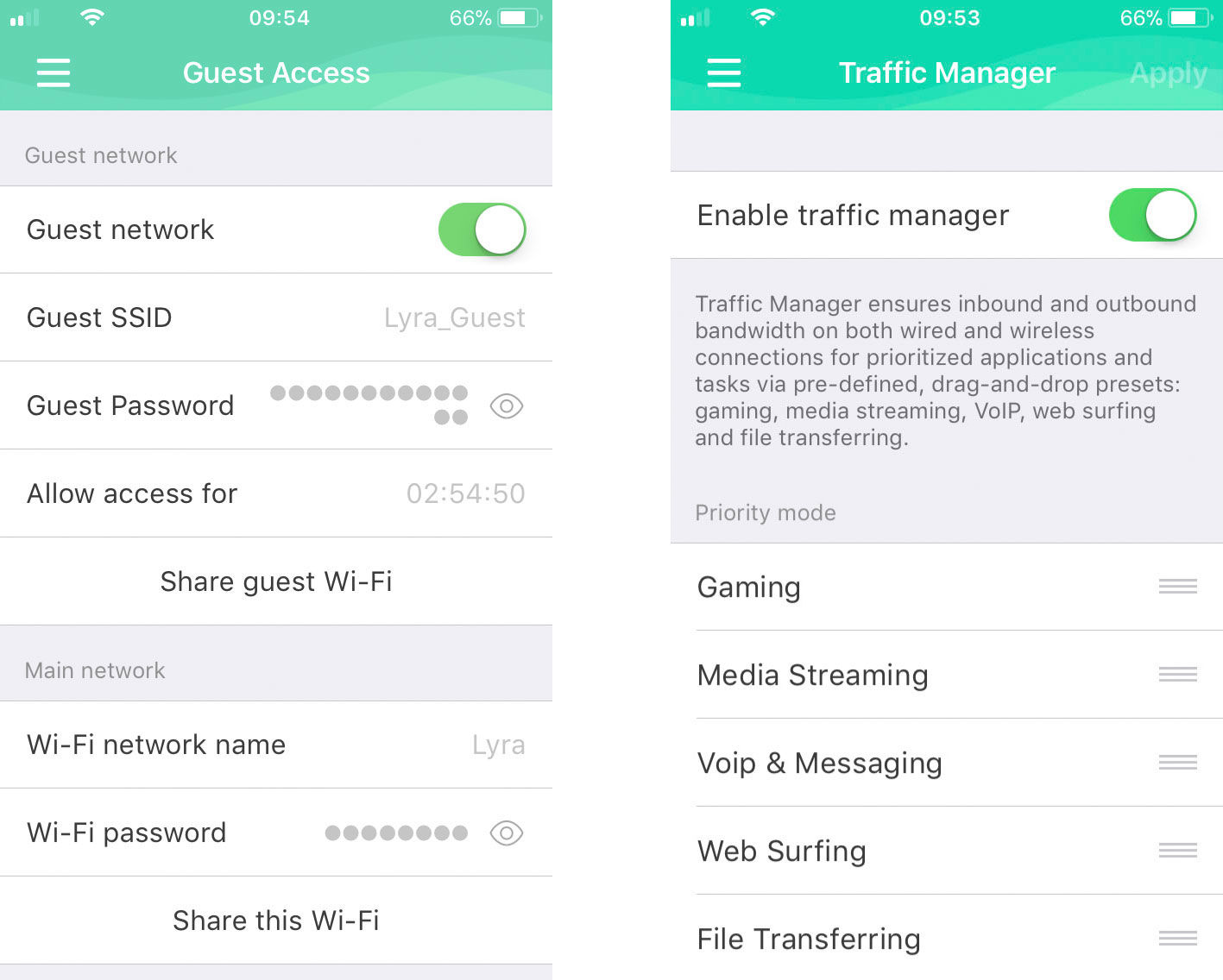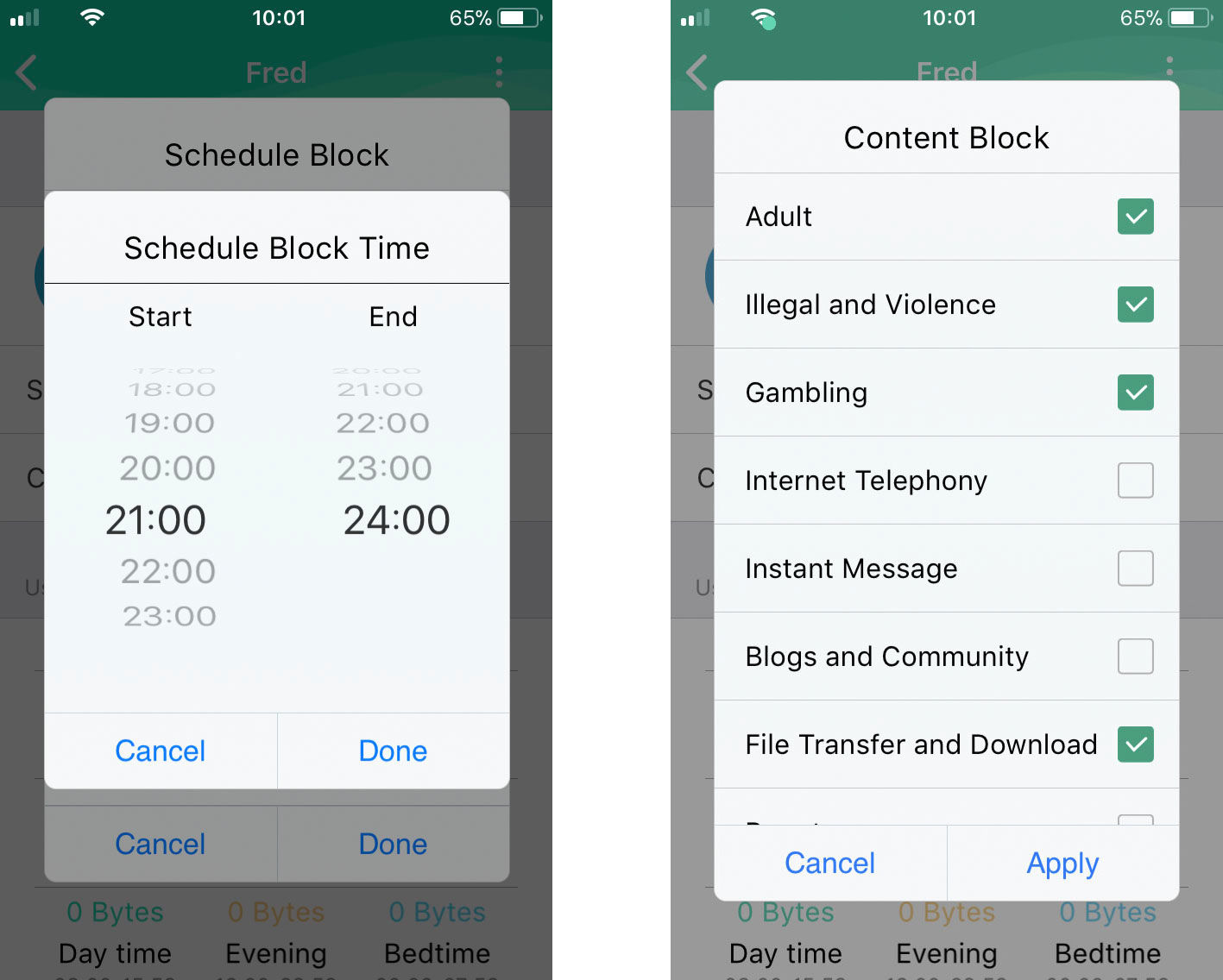Like most of its mesh rivals, the Lyra provides multiple routers that can be placed in separate rooms or locations and then linked together in order to create a wider ‘mesh’ network. However, the emphasis with the Lyra seems to be very much on larger homes. Most mesh systems provide the option of either two or three routers, but the Lyra is currently only available as a three-piece kit that is designed to cover homes of 4000 – 6000 square feet. The company’s website does imply that there will be a two-piece kit for homes up to 4000 square feet, but that’s not on sale yet. Asus also sells a second system called Lyra Mini for smaller homes, which still comprises three routers, but is cheaper.
Asus Lyra: Price
The Lyra is one of the more expensive mesh systems currently available. You can buy the Lyra for £379.99 from Box.co.uk. The Lyra Mini system costs a more affordable £289.99 for a three-piece kit, although this is likely to provide lower speeds than the more expensive setup – Asus wasn’t able to provide a sample for review. There are of course many other mesh systems, some of which are even cheaper: see our mesh Wi-Fi kits roundup for more details.
Asus Lyra: Features and Design
The Lyra is smartly designed, with three identical disc-shaped routers that measure just 150mm in diameter and 50mm high. They’re a lot less obtrusive than most rival mesh routers, and the power cables provided by Asus are almost 2m long, so you shouldn’t have much trouble getting them set up in different rooms throughout your home. The three routers are identical in terms of features too. They all provide tri-band 802.11ac using the 2.4GHz band and two separate 5GHz bands to provide a maximum speed of 2.2Gbps. One of the 5GHz bands acts as a ‘backbone’ that is used to link the three routers, leaving the other two bands to communicate with your computers and other devices. That’s something other systems omit – most stick with dual-band Wi-Fi and manage to do all the admin comms without the third band. Each router has seven internal antennae, with four of the antennae dedicated to providing 2×2 MIMO (multiple input/multiple output). There are two Gigabit Ethernet ports on each device for additional wired connections.
However, the Lyra routers don’t include a modem (we’ve yet to see a mesh system that does), so you’ll need to use an Ethernet port on one of the routers to connect it to your existing modem or router that provides your internet access. There’s no USB port, either, so you don’t have the option of connecting a printer or USB hard drive that you can share on the network.
App
Unfortunately, the Lyra app that is used to set up the three routers isn’t as elegantly designed as the routers themselves. The app initially uses Bluetooth on iOS or Android devices to pair with the first router – which is connected to your existing modem or router – and then guide you through the set-up process. However, it doesn’t explain things very well for newcomers who may not be familiar with networking jargon. After connecting the Lyra to our existing BT Smart Hub, the app started by asking for a number of details, such as the administrator name and password, and the network SSID (and without bothering to explain what an SSID is for first-time users).
We thought we’d found these printed on the base of the router – a common practice with many routers – but the app wouldn’t accept the details. We then created a brand new admin account, SSID and password, but the app then told us that the Lyra wasn’t connected to the internet, even though the BT Smart Hub was working perfectly well. In the end, we had to do things the hard way, by using a web browser on an office PC to open the router’s built-in web page and configuring the new network manually. Thankfully, the new network proved to be both fast and reliable, but the Lyra app needs to do a better job of explaining the set-up process for home users who aren’t used to configuring routers and network settings.
Performance
The BT Smart Hub in our front office provides respectable speeds when you’re nearby, hitting around 260Mb/s for devices in the same room, although it drops to a mere 43.5Mb/s in the back office that is separated by a couple of partition walls. But, with the Lyra network in place, we got an impressive 680Mb/s in the front office, and a much-improved 235Mb/s in the back office.
The Lyra routers create a separate new network of their own, which runs alongside your existing network. This meant that the NAS drive connected to our BT Smart Hub was no longer available when connecting to the new Lyra network, although the NAS drive did show up again with no problems as soon as we switched its Ethernet cable over to the Lyra.



